Advertisement
A Brief History of Stephen Hawking
Advertisement
Stephen Hawking was a groundbreaking English theoretical physicist, cosmologist, and author, celebrated for his profound contributions to our understanding of black holes and the cosmos. Despite facing the debilitating effects of amyotrophic lateral sclerosis (ALS or Lou Gehrig’s disease), diagnosed in 1963, Hawking's intellectual pursuits and writings made complex scientific concepts accessible to the public, significantly shaping modern physics.
Family Background and Early Life
Born on January 8, 1942, in Oxford, England, Stephen Hawking emerged from a family deeply rooted in academia—both his parents attended Oxford University, a rare achievement for women at the time. The eldest of four siblings, Hawking's early familial environment was intellectually stimulating, paving the way for his future endeavors. In 1963, the same year he was diagnosed with ALS, Hawking met Jane Wilde at a New Year’s party. They married in 1965 and had three children. The couple separated in 1990, after which Hawking married one of his nurses, Elaine Mason, in 1995, though they eventually divorced in 2006.
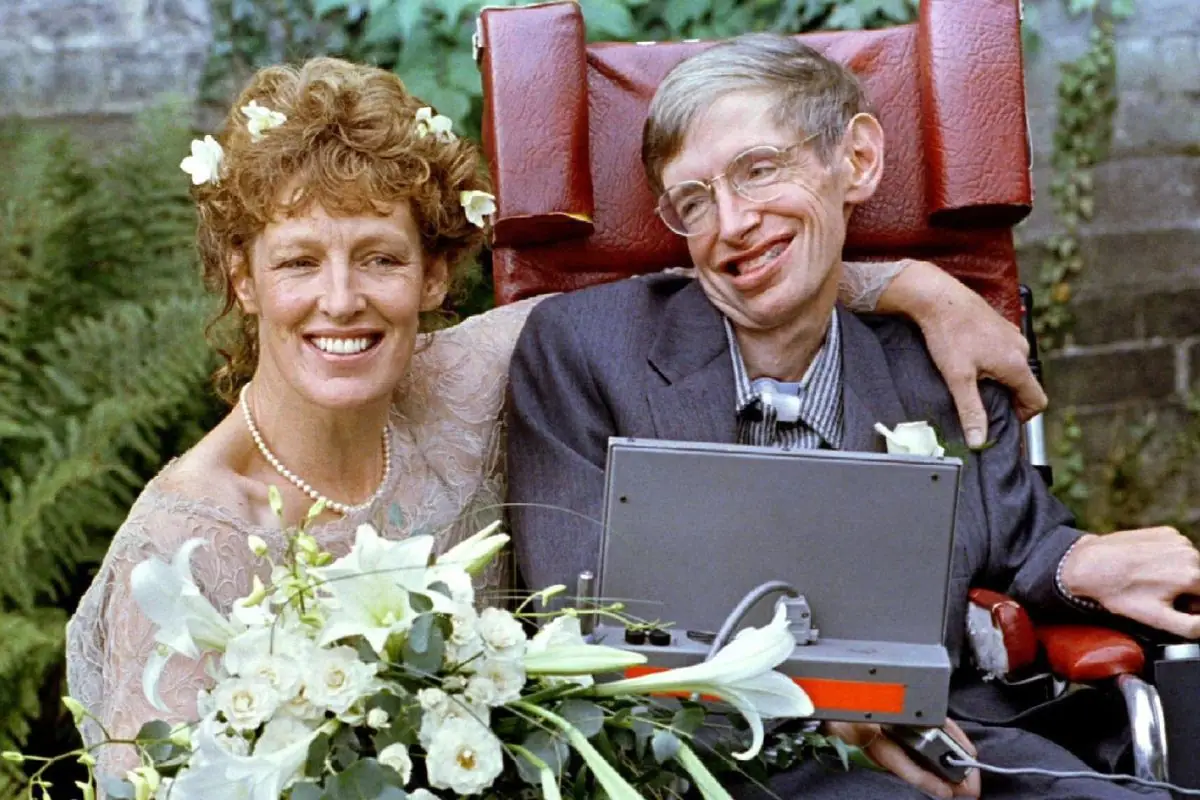
Advertisement
Educational Journey
From an early age, Hawking's brilliance was apparent, although he was not an exemplary student in terms of grades. His fascination with science blossomed at St. Alban’s School and continued at Oxford University, where he enrolled at 17 to study physics and cosmology, as the university did not offer a degree in mathematics. He later earned his doctorate in applied mathematics and theoretical physics, specializing in general relativity and cosmology, from Cambridge University.
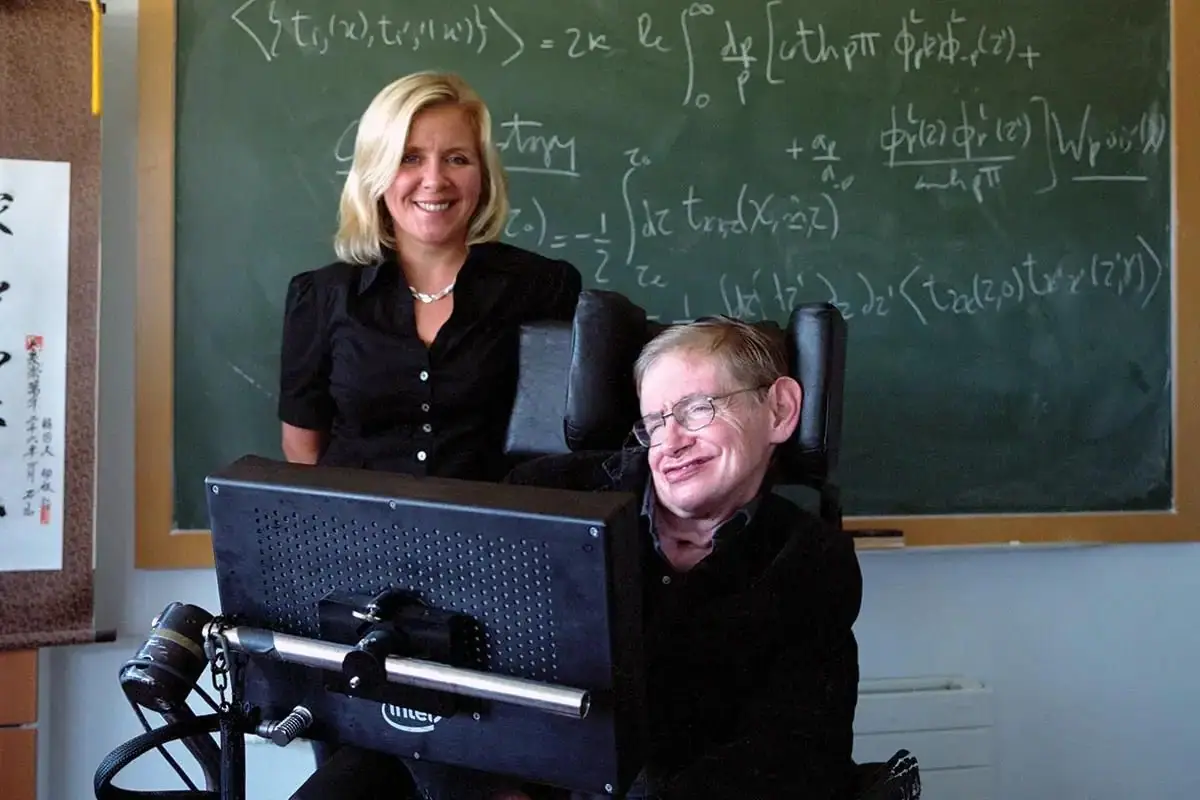
Advertisement
Pioneering Research
Hawking's early academic career focused on the exploration of singularities within the framework of his doctoral thesis. Collaborating with fellow cosmologist Roger Penrose, he developed the Penrose-Hawking singularity theorems, foundational to our understanding of the universe's origins according to general relativity and physical cosmology.
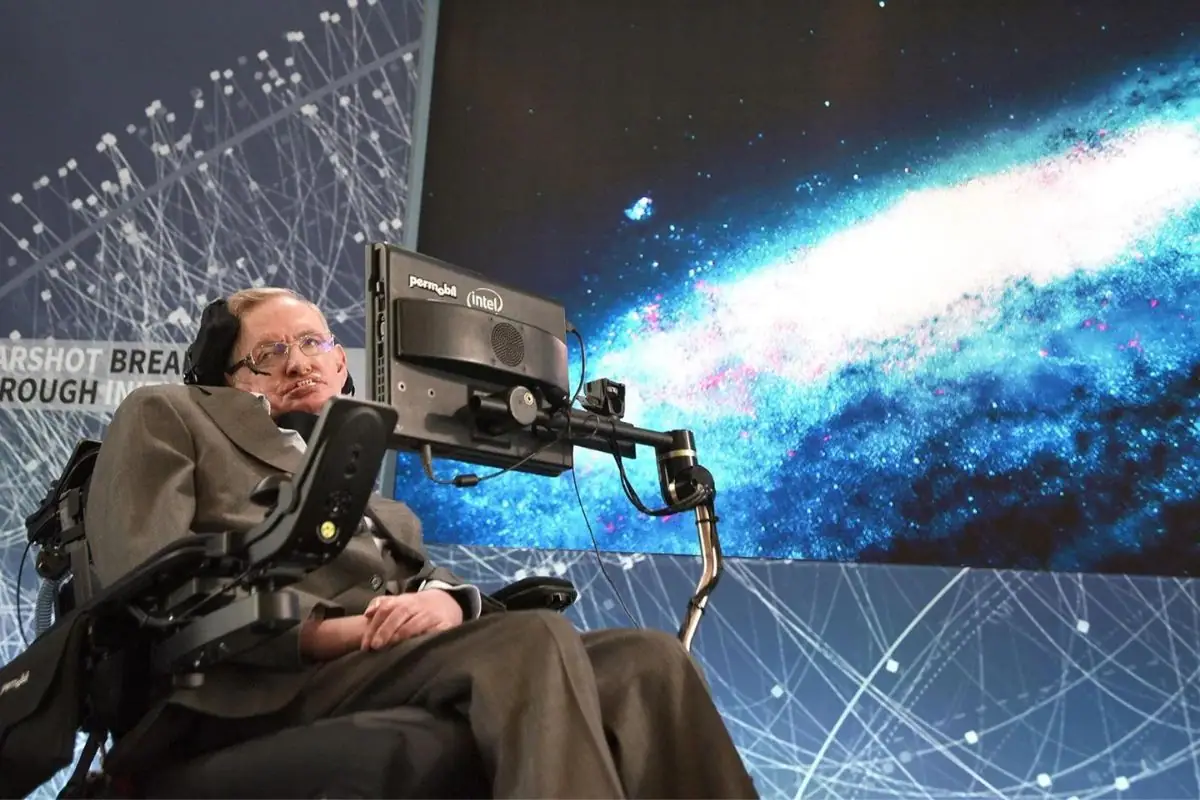
Advertisement
Breakthroughs in Black Hole Theory
In the early 1970s, Hawking, alongside James M. Bardeen and Brandon Carter, formulated the four laws of black hole mechanics, drawing parallels between black holes and the laws of thermodynamics, particularly entropy. This period marked a significant advancement in black hole physics, although his initial reactions to theories proposing black holes' entropy were skeptical.
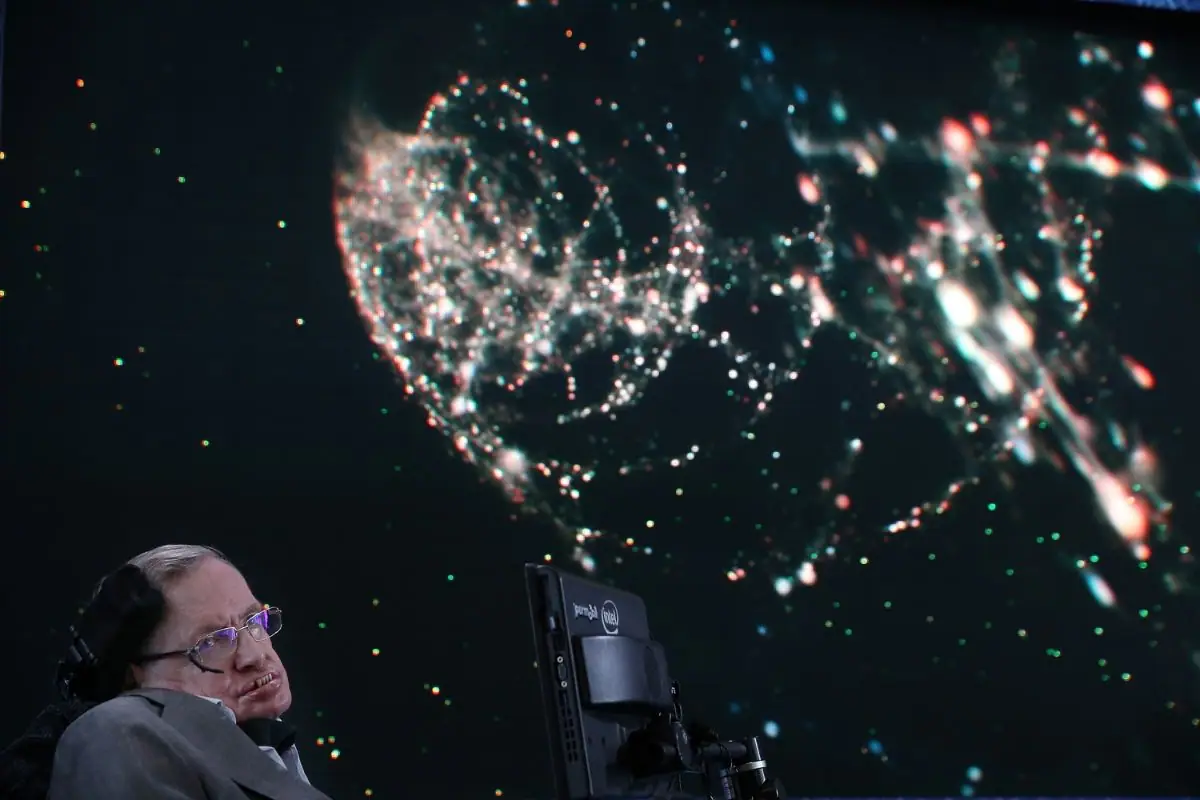
Advertisement
Discovery of Hawking Radiation
Hawking's work led to a pivotal breakthrough- black holes emit radiation, now known as Hawking radiation. This discovery was initially a part of his endeavor to discredit the theory that black holes could have entropy. Using a blend of general relativity and quantum theory, Hawking demonstrated that black holes could emit radiation, thereby decreasing in mass and size, a concept that fundamentally altered our understanding of black holes and supported the controversial assertions of Jacob Bekenstein.
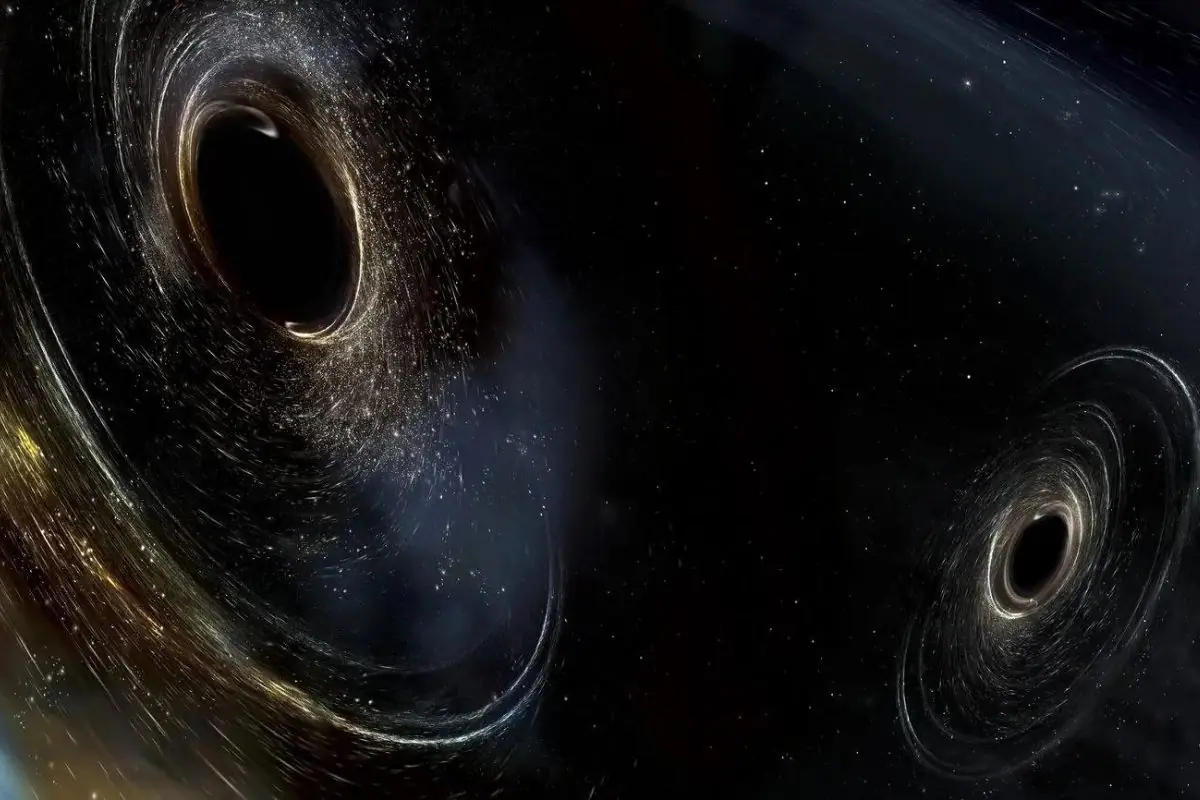
Advertisement
Expanding the Universe's Story
Stephen Hawking's groundbreaking 1974 theory proposed that the Big Bang saw matter collapsing into tiny black holes. As these shrank, they emitted intense Hawking radiation due to rising temperatures, eventually exploding with energy comparable to millions of hydrogen bombs. Initially met with skepticism, Hawking's ideas are now widely respected in the scientific community.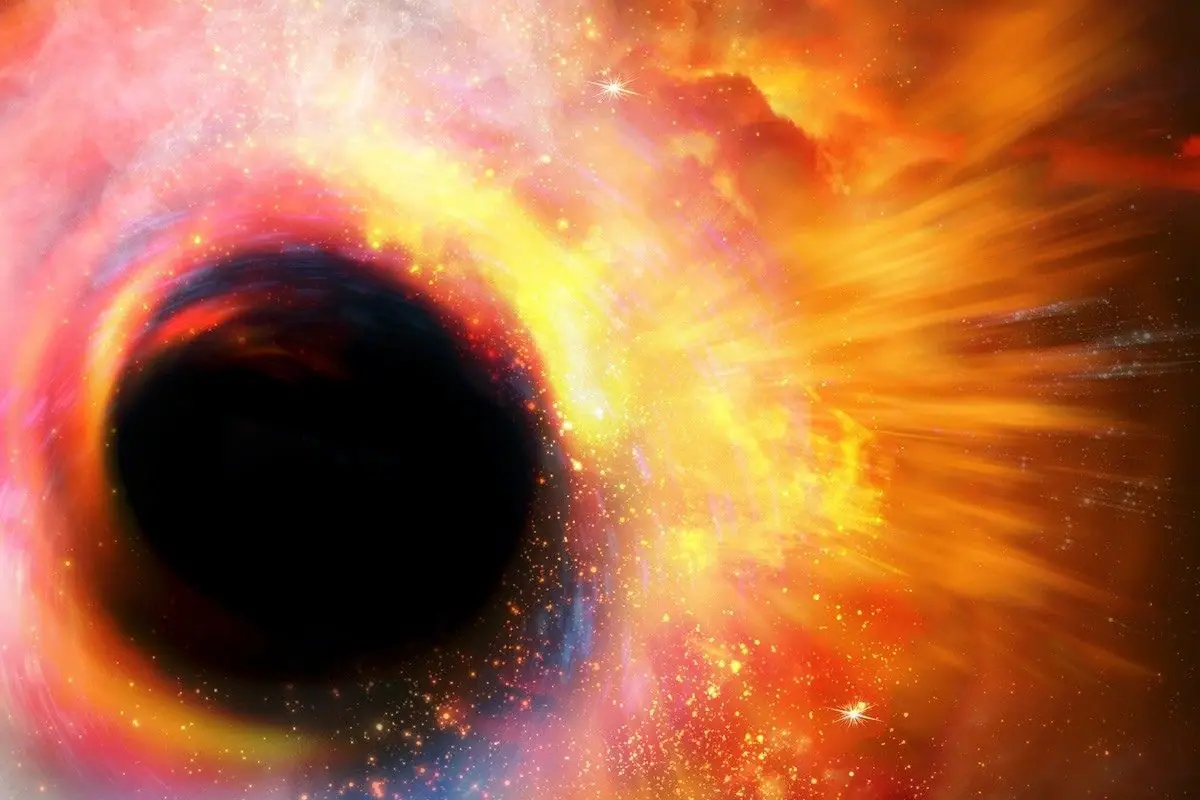
Advertisement
The Information Paradox Debate
Hawking also explored the implications of what happens to information when objects fall into black holes, suggesting that this information could be irretrievably lost, contrary to the principles of quantum physics. This sparked a long-standing debate with American physicist Leonard Susskind. In 2004, Hawking conceded that while information might return from black holes, it could be in a corrupted, nearly unusable form.
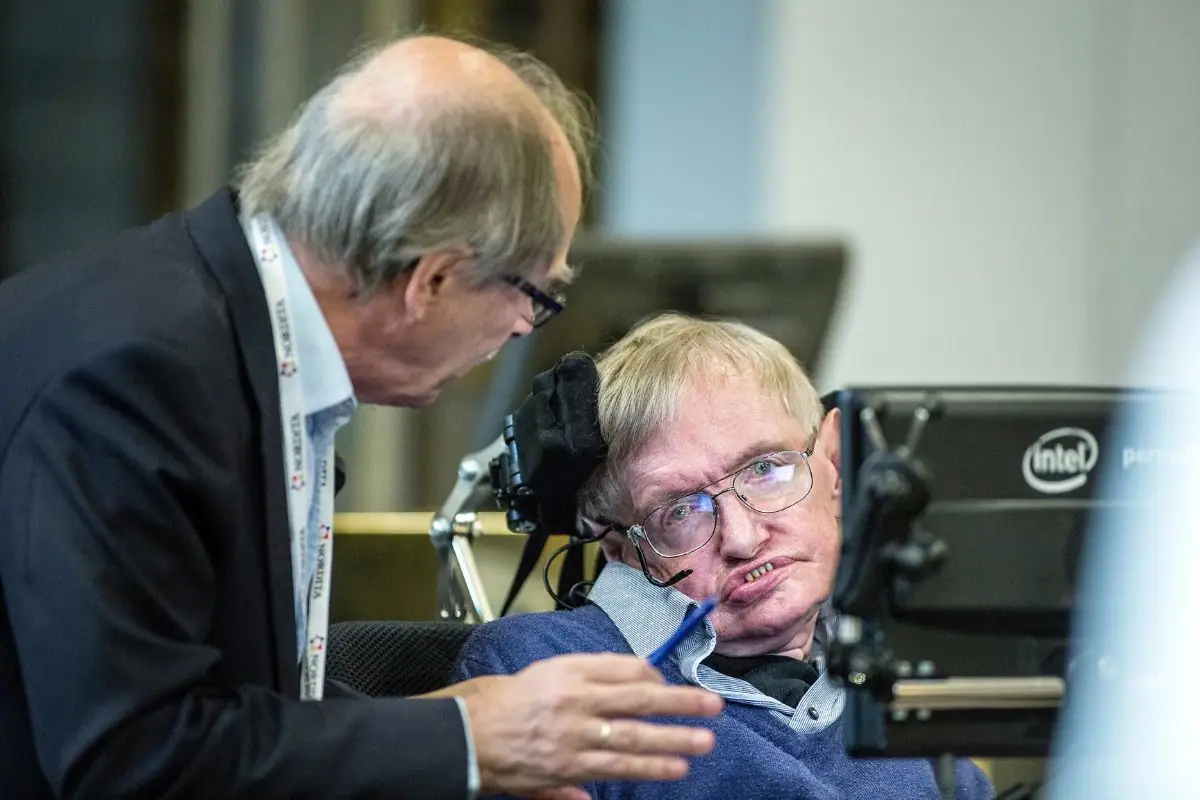
Advertisement
Living with ALS
Diagnosed with ALS during his graduate studies, Hawking was initially given a grim prognosis. However, his disease progressed more slowly than expected, allowing him decades of continued research and public engagement despite the physical limitations. He became an iconic figure in science, often seen in his motorized wheelchair equipped with a voice synthesizer.
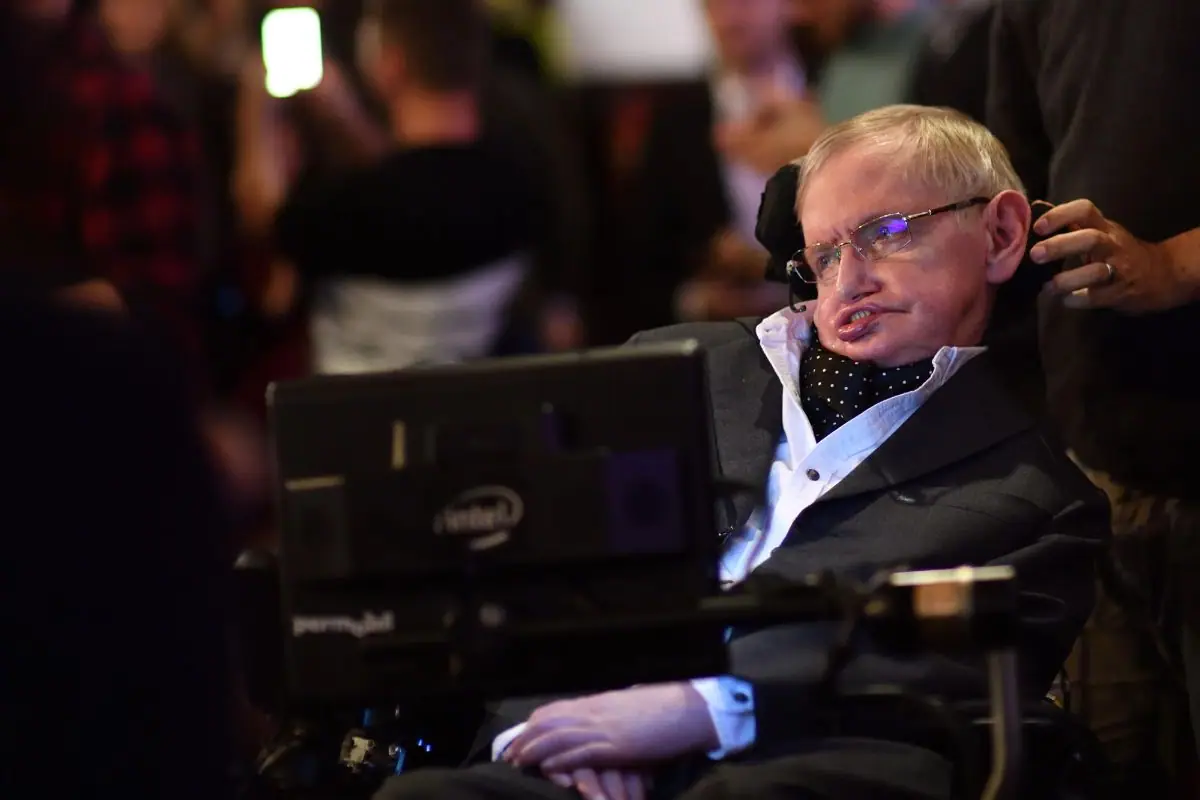
Advertisement
Philosophical and Personal Views
Hawking’s experiences shaped his complex views on religion, philosophy, artificial intelligence, and extraterrestrial life. He identified as an atheist, viewing the universe through the lens of scientific laws, yet often used metaphors involving God in his explanations. He expressed concern over AI and economic inequality, emphasizing the potential threats they pose to society.
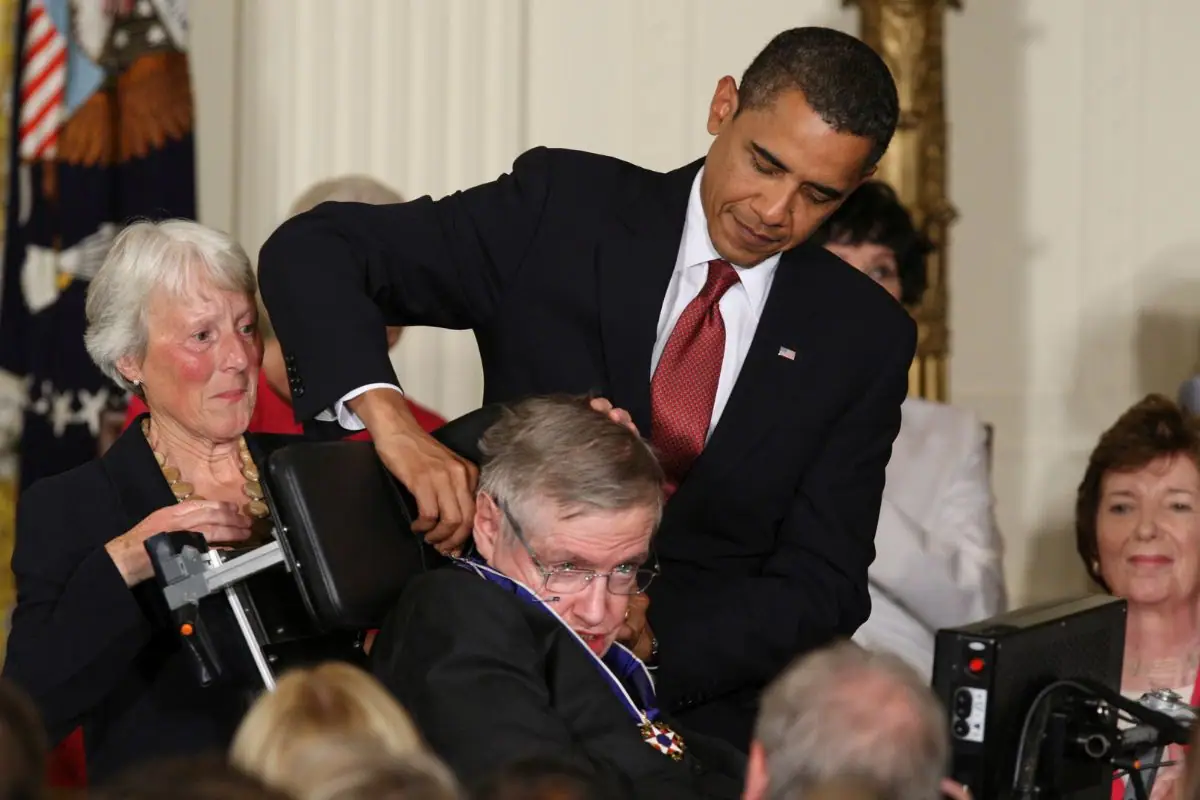
Advertisement
Final Years and Impact
Hawking remained active in his later years, speaking out on global issues like healthcare, climate policy, and human rights. He passed away on March 14, 2018, in Cambridge. His final works continued to influence and provoke thought in the scientific community and beyond, demonstrating his enduring commitment to understanding the universe's deepest questions. His final book, "Brief Answers to the Big Questions," encapsulates his reflections on the future challenges humanity faces, highlighting his lasting legacy in both the realms of science and public thought.
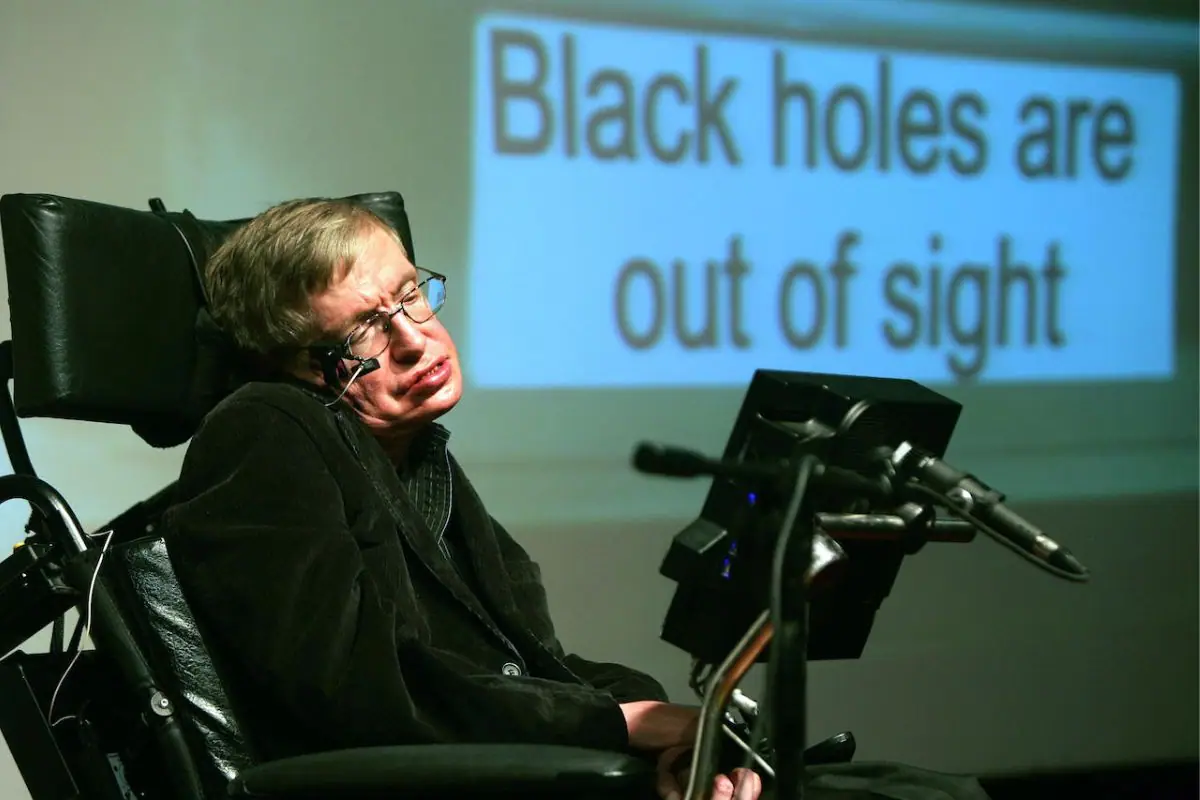
.png)




